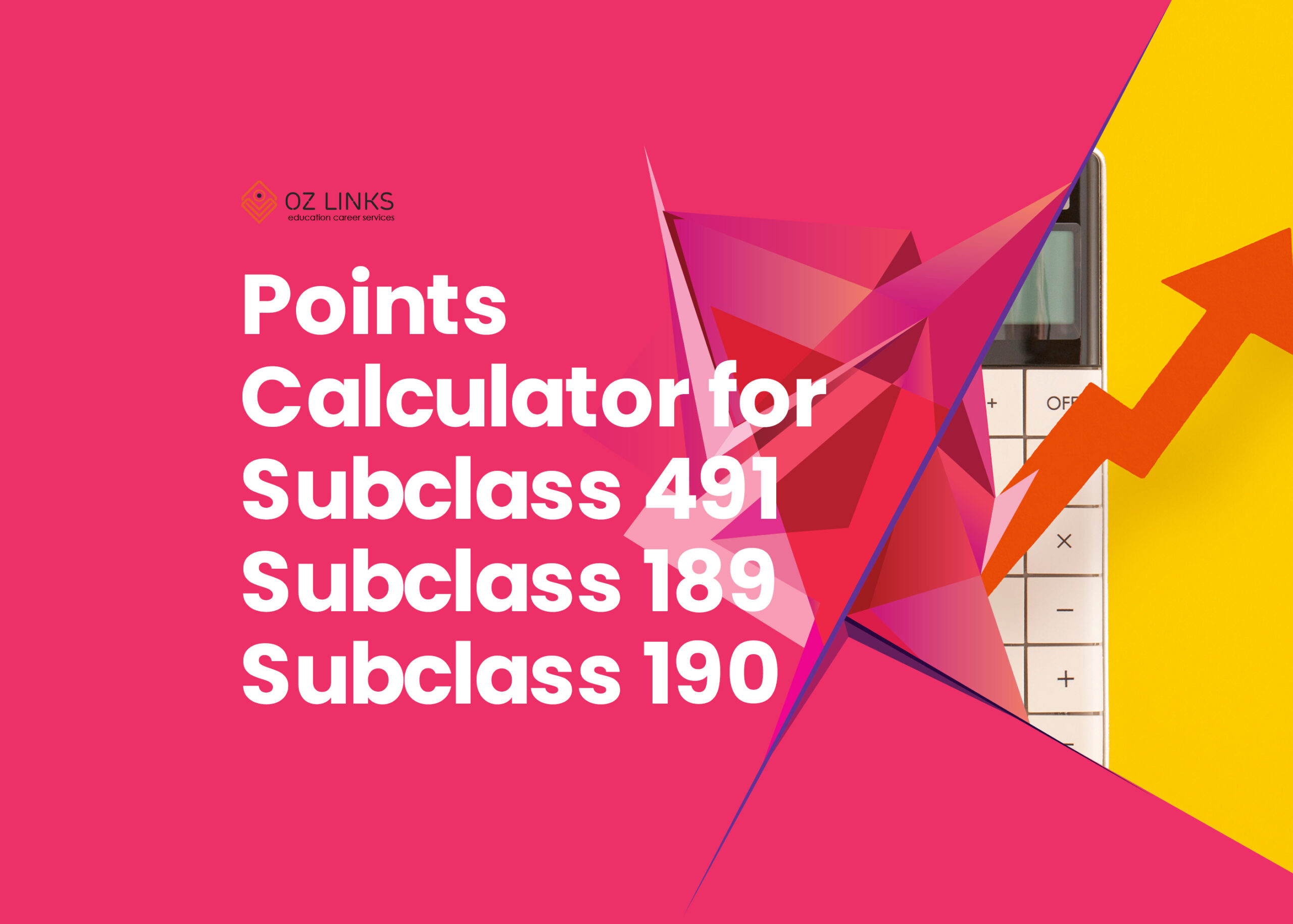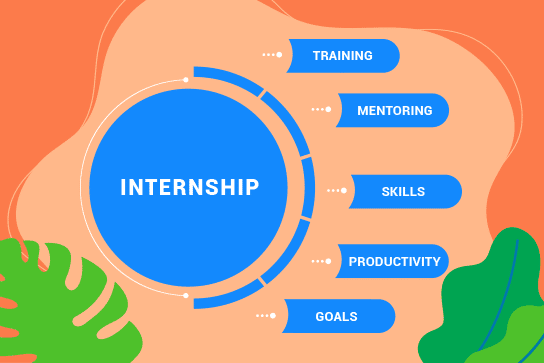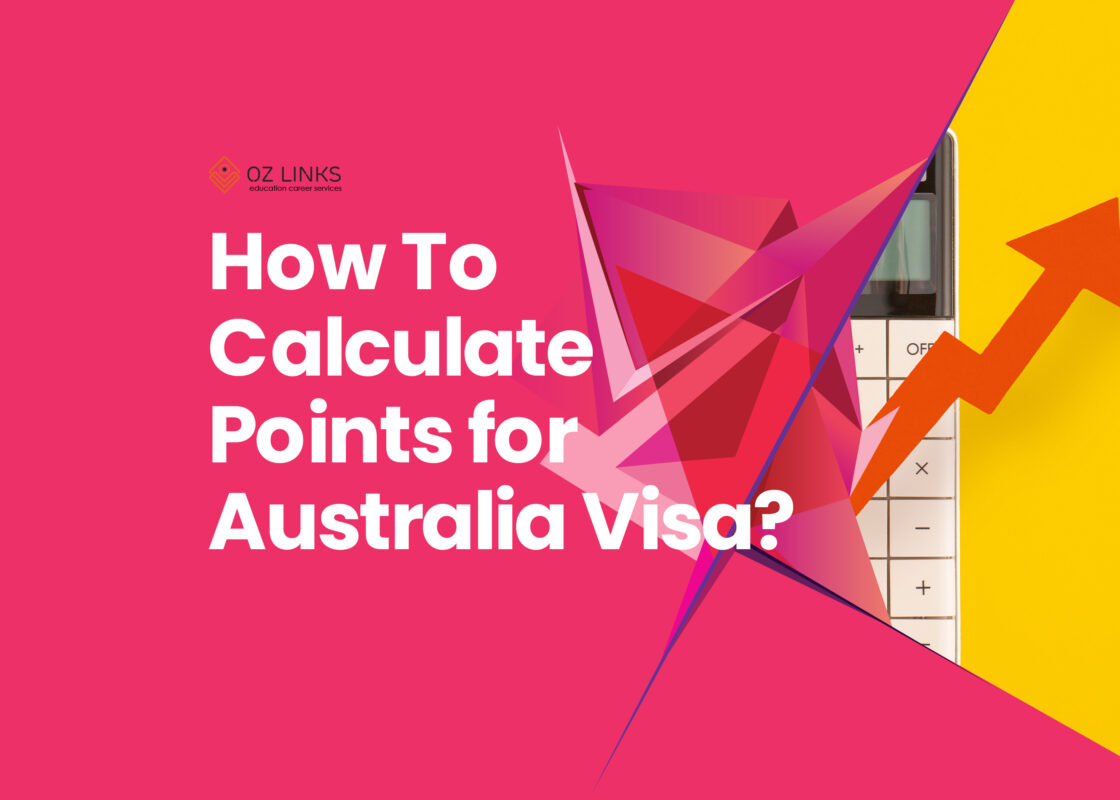Last Updated on October 3, 2025 by Ozlinks Education
General Skilled Migration (GSM) is a visa program designed in Australia for skilled workers seeking permanent residence and employment in the country. Applicants are assessed using a points system that considers various factors, including age, education, work experience, and English language proficiency. This program aims to address skill shortages in the Australian labour market and make a positive contribution to the economy.
How to Calculate Points for Australia Visa 491, Visa 189, Visa 190?
To calculate your points for an Australian skilled migration visa, specifically the subclass 491, subclass 189, or subclass 190 visa, you must evaluate your eligibility based on various factors. These factors include age, English language proficiency, education, work experience, and the presence of a skilled partner or a state/territory nomination. Each factor is assigned a specific number of points, and you must accumulate enough points to meet the minimum threshold, which is typically 65 score, to lodge an Expression of Interest (EOI).
However, achieving the minimum 65 score does not guarantee that you will receive an invitation to apply for a visa. It is advisable to enhance your chances of success in the points test. One effective way to improve your score is by improve your English test level, which could earn you an additional 10 or 20 points. Alternatively, gaining more relevant work experience in your field can also make the application process more effective.
Here’s a breakdown of the 11 key factors and how they contribute to your points score for an Australia visa.
1. Age Factor:
Points are allocated based on age, with applicants in the 25 to 33 age group typically receiving the highest number of points.
|
Age |
Points |
|
at least 18 but less than 25 years |
25 |
|
at least 25 but less than 33 years |
30 |
|
at least 33 but less than 40 years |
25 |
|
at least 40 but less than 45 years |
15 |
2. English Language Skills:
You can earn points by demonstrating strong English language skills through one of the nine tests listed below, provided your test is taken after 6 August 2025.
- Cambridge C1 Advanced Test (C1 Advanced)
- Canadian English Language Proficiency Index Program General (CELPIP General)
- International English Language Testing System Academic (IELTS Academic), including One Skill Retake (OSR)
- International English Language Testing System General Training (IELTS General Training), including One Skill Retake (OSR)
- LANGUAGECERT Academic Test (LANGUAGECERT Academic)
- Michigan English Test (MET), including Single Section Retake (SSR)
- Occupational English Test (OET)
- Pearson Test of English Academic (PTE Academic)
- Test of English as a Foreign Language Internet-Based Test (TOEFL iBT)
Different proficiency levels—Competent, Proficient, and Superior are achieved different point scores.
|
English language skills |
Points |
|
Competent English |
0 |
|
Proficient English |
10 |
|
Superior English |
20 |
Discover which English language skill best suits your situation by clicking here.
3. Skilled Employment Experience
Both Australian and international skilled work experience can earn your points, with the total number of points increasing based on the duration of your experience. Acquiring relevant experience in your field can significantly enhance your eligibility for various visa options. This not only boosts your points score but also improves your overall employability in a competitive job market.
Overseas skilled employment (outside Australia)
|
Number of years |
Points |
|
Less than 3 years |
0 |
|
At least 3 but less than 5 years |
5 |
|
At least 5 but less than 8 years |
10 |
|
At least 8 years |
15 |
Australian skilled employment (in Australia)
|
Number of years |
Points |
|
Less than 1 year |
0 |
|
At least 1 but less than 3 years |
5 |
|
At least 3 but less than 5 years |
10 |
|
At least 5 but less than 8 years |
15 |
|
At least 8 years |
20 |
Special conditions apply to the skilled employment experience factor.
- To be eligible for the points claimed, you must have held a substantive visa or a Bridging A or Bridging B visa that grants you working rights for any employment in Australia.
- Points for employment are only eligible if earned in your nominated skilled occupation or a closely related skilled occupation. Furthermore, you must have been employed for the relevant periods specified in the table within the ten years prior to your invitation to apply.
- “Employed” means working at least 20 hours a week in a paid job.
- Closely related occupations should either fall within the same ANZSCO Unit Group or align with a career advancement pathway. They may also be acknowledged by an assessing authority as closely related to your nominated occupation for the purposes of your skills assessment.
- Under the Skilled Employment Experience point test, there is a limit on the number of points that can be awarded for employment experience. The maximum number of points available is 20. This means that even if your total score for both overseas and Australian employment experience exceeds 20 points, you will only receive 20 points.
4. Educational Qualifications:
Educational qualifications serve as the foundation for point allocation, with higher levels of education typically yielding more points. Furthermore, obtaining a doctorate qualification result in additional points.
|
Requirement |
Points |
|
A PhD degree from an Australian educational institution or a PhD from another educational institution of a recognised standard is required. |
20 |
|
A bachelor’s degree from an Australian educational institution or a bachelor’s degree from another educational institution that is of a recognised standard |
15 |
|
A diploma or trade qualification from an Australian educational institution. |
10 |
|
trade qualification completed in Australia or other qualification recognised by the skills assessing authority |
10 |
5. Study in Australia
To qualify for this point, you must have studied in Australia and hold at least one degree, diploma, or trade qualification from an Australian educational institution that satisfies the Australian study requirement.
|
Requirement |
Points |
|
Meet the Australian study requirement |
5 |
6. Study in regional Australia
To qualify for points based on your educational qualification, you must satisfy the Australian study requirement and have completed your studies while residing in and attending a campus located in a designated regional area.
|
Requirement |
Points |
|
Are you currently living and studying in “a designated regional area” of Australia while completing your course of study at the time you apply for your Expression of Interest (EOI)? If your answer is yes, you will receive 5 points. |
5 |
7. Specialist Educational Qualification
To qualify for this point, you must have completed either a master’s degree by research or a doctoral degree (PhD) from an educational institution in Australia.
|
Requirement |
Points |
|
Hold a master’s degree in research or a PhD degree from an Australian educational institution, with at least two academic years study in Natural and Physical Sciences, or Information Technology, or Engineering or Related Technologies. |
10 |
8. Credentialled Community Language
To qualify for Credentialled Community Language points, you need to have achieved accreditation at the paraprofessional level or above, certification at the certified provisional level or above, or hold a community language credential for interpreting or translating issued by the National Accreditation Authority for Translators and Interpreters.
|
Requirement |
Points |
|
5 |
9. Professional Year in Australia
To qualify for these points, you must have completed a professional year by the time you were invited to apply. Your professional year must be in ICT/computing or engineering to be eligible for these points.
|
Requirement |
Points |
|
Completion of a Professional Year in Australia |
5 |
Special conditions apply to the Professional Year in Australia factor.
- Complete a 12-month Professional Year program in Australia from an authorized body or a delivery partner of the Professional Year program,
- A professional year program was completed within the 48-month period preceding the invitation,
- The date on which you “completed” a Professional Year is specified in the official Record of Completion, which is issued by the authorised body or the delivery partner of the Professional Year program.
10. Partner Skills
If your partner has skills and qualifications, they can contribute to improving your total points score. This can lead to greater opportunities for advancement and help you both achieve your goals more effectively.
|
Requirement |
Points |
|
To be eligible for these points, your partner must also be applying for the same visa subclass and cannot be an Australian permanent resident or citizen. To claim for this point your partner must meet the following:Do you have a spouse or de facto partner who meets the following criteria?
|
10 |
|
5 |
|
10 |
11. State/Territory Nomination or Sponsorship:
State or territory governments may nominate skilled workers for specific regions, awarding additional points. Sponsorship from an eligible relative can also contribute to your points score.
Which visa subclass are you applying for?
|
Visa Subclass |
Points |
|
Your occupation must be listed on the MLTSSL list |
0 |
|
Your occupation must be listed on the MLTSSL or STSOL occupation list, requires nomination by a state or territory government |
5 |
|
Skilled Work Regional (Provisional) Visa 491 Your occupation must be listed on the MLTSSL or STSOL or ROL occupation list. Requires nomination by a state or territory government or sponsorship by a suitable family member. |
10 |

What should I do if I do not achieve the minimum point score of 65?
If you do not achieve the minimum point score of 65 for general skilled migration (GSM) visas, you may still have options available to you. You could be eligible for a temporary work visa (subclass 482), which may lead to a pathway for permanent residency (subclass 186). Additionally, there are various other visas and pathways to residency that may apply, depending on different criteria. It is advisable to consult with a registered migration agent for a free assessment, they can provide tailored options based on your specific situation.
Note: Achieving the minimum 65 score does not guarantee that you will receive an invitation to apply for a visa. Alternatively, there may be ways to enhance your total points score.
Meeting the minimum points 65 is necessary to lodge an EOI, but it doesn’t guarantee an invitation to apply for a visa.
Are you confused about how to calculate points for an Australian visa?
To simplify the process, consider using our points calculator tool. This tool can help you understand your points score and identify areas where you may need to enhance your qualifications to meet the requirements. The calculator will display your total points score, indicating your eligibility for various skilled migration visas. The details of your scores will be sent to your email for your reference.
Click on the button below to start using the points calculator tool for subclass 491, subclass 189, or subclass 190 visas. Enjoy your journey!
Skills Assessment Assistance
A skills assessment is a requirement for a wide range of occupations under the General Skilled Migration point test programs. This includes subclass 189, subclass 190, subclass 491 visas as well as the Employer Nomination Scheme (ENS) subclass 186 Direct Entry, Employer Regional subclass 494 visa and mandatory skills assessments are required for subclass 482 visa.
The assessment’s substantial impact on your application and its complexity may justify the pursuit of assistance. The process of navigating, comprehending the requirements, and compiling the necessary documentation can be quite challenging. If the process is not managed effectively, it may result in delays or even rejection of your application. Assistance may be necessary for the following reasons:
- Assist you in selecting the appropriate ANZSCO occupation that aligns with your qualifications and work experience.
- Assist you in preparing all required documents for your application.
- Assist you in preparing for the technical interview, if applicable.
- Assist you in preparing for the practical assessment, if applicable.
- Submit your application and track the progress of your application until it is completed.
Disclaimer:
This section does not intend to provide immigration assistance pursuant to section 276 of Migration Act (Cth) 1994 as described in the Migration laws. It is based on public guidelines available at Department of Home Affairs’ Website. It is your responsibility to verify accuracy and status of provided information with your Registered Migration Agent (RMA) who is bound by the MARA code of conduct before submitting any visa applications.
Although every effort has been made to provide complete and accurate information, Ozlinks Education and Career Services makes no warranties, express or implied, or representations as to the accuracy of content under ANZSCO Occupations sections.




